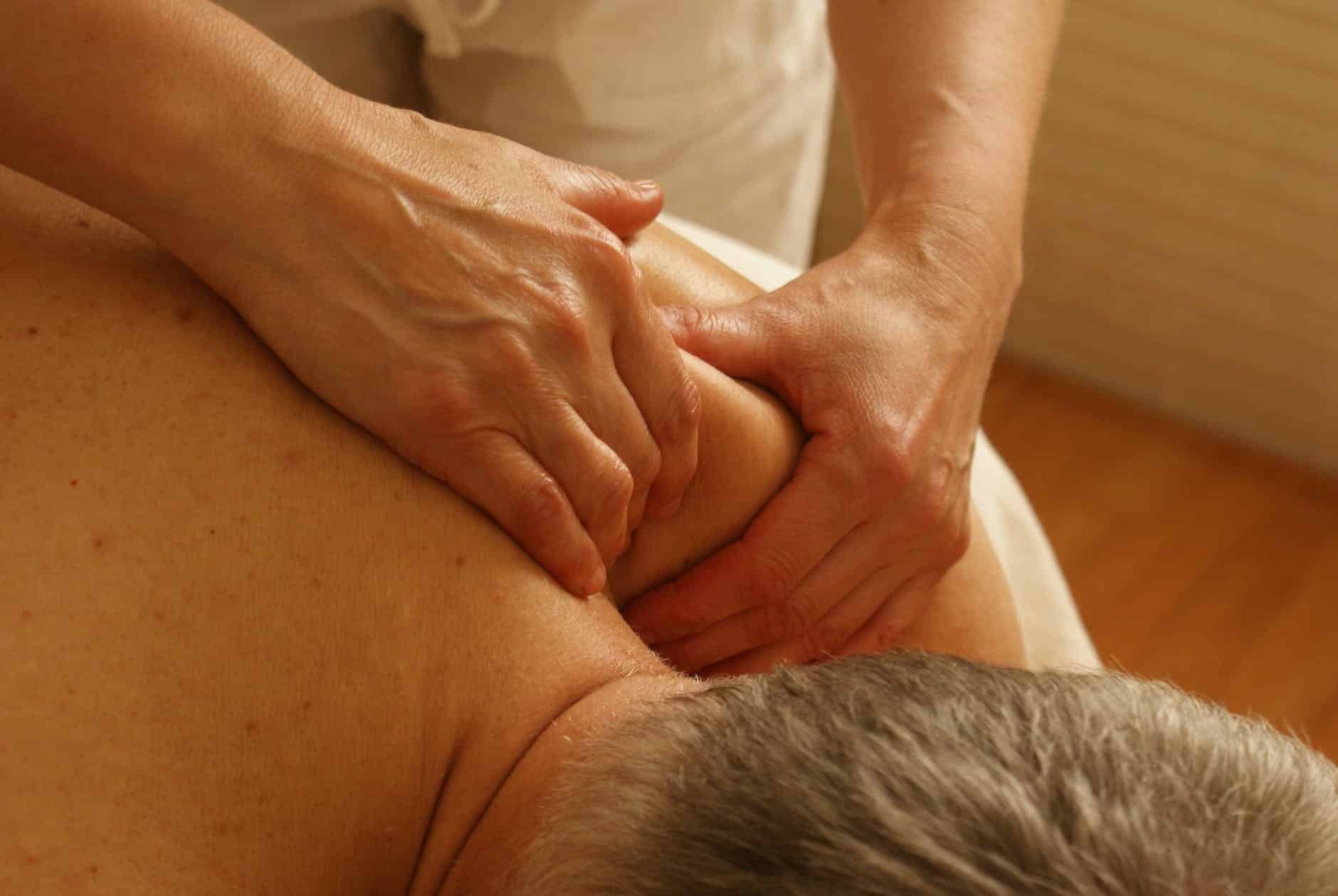If you’re struggling with lower back pain, you need to figure out the source before you can really target it. For example, bulging discs can cause lower back pain, but they often also cause numbness down the leg, pain when walking, or weakness. Choosing how to respond to low back pain can actually make things worse.
Get Checked Out
To find the source of your pain, an appointment with a chiropractor can save you a lot of self-experimentation. Your chiropractor, once they get their hands on you, can let you know whether you’re dealing with a strained muscle, a bulging disc or a pinched nerve. Once this determination has been made, you can plan the best way forward.
Go Gently
Many people who exercise regularly like to push through the pain. The following endorphin rush can be a real high for those who know how to get there. However, if you’ve got a pinched nerve, pushing will only cause more damage and inflammation.Start a regular program of icing and relaxing. For your low back, build yourself a flat icepack from a small towel and a Ziploc bag. Put the towel in the bag, add water until it’s wet but not saturated, and free the pack flat. You can then wrap your pack in paper towels or a thin piece of cloth and apply it to your low back. Use a timer to ice no more than 20 minutes, then refreeze the pack for a couple of hours.
Practice Alignment
While the pack is refreezing, you may try some simple stretches. Use excellent body mechanics. For example, if you want to stretch forward, place your hands where your hips crease and bend slowly, keeping your spine straight and the top of your head pointed in the direction of the stretch. Never flop forward or just let everything dangle in the early stages of low back pain.
Use the Right Tools
A supine twist of the low back can reduce discomfort, but you need good tools to do the stretch correctly. Yoga blocks work great for this. Lay down flat on your back with your arms straight out to the side. Draw one knee up and set your foot flat on the floor as close to your bottom as possible. Slowly rotate your low back so your knee is crossing your body. Set your yoga block in the tallest alignment possible under the knee to support it while you feel the stretch in your low back. Never leave the knee suspended or force it to the floor. Change sides. If this stretch doesn’t cause any pain or makes you feel any better, rotate the block to allow the knee to go a bit lower. Again, hold and stretch, then be done for the day and check in with your body to see how your low back pain is feeling.
Get Some Support
Stretching in water will give you multiple benefits. First of all, it will support you. If your low back pain has been around for a while, your balance may be affected. If you fall, you won’t hit the ground hard. Stretching in water also provides you with the chance to take some pressure off your spine. If your low back pain has any disc involvement, getting in the water can reduce spinal compression.Stretch with gentle intention. If you can, get up to your shoulders in the water so you can cushion your body with water while you stretch. Be sure to stretch your quads and hips. Pull your knee up to your chest and rotate your leg out so you can grasp it like a baby, then let it slowly lower to feel a stretch deep in your hip and low back.
Check for Other Sources
For people with disc problems, walking on a treadmill can cause a lot of low back pain. Because the treadmill is always moving, you may actually be irritating the disc with that small tug on your heel. Walk on the track or sidewalk instead. Building strength and flexibility always takes some pushing. If you feel that your low back pain is made worse by stretching, talk to your chiropractor about changing up your workout to make it easier to stay limber without tearing up your back. Call us at 205-637-1363.








